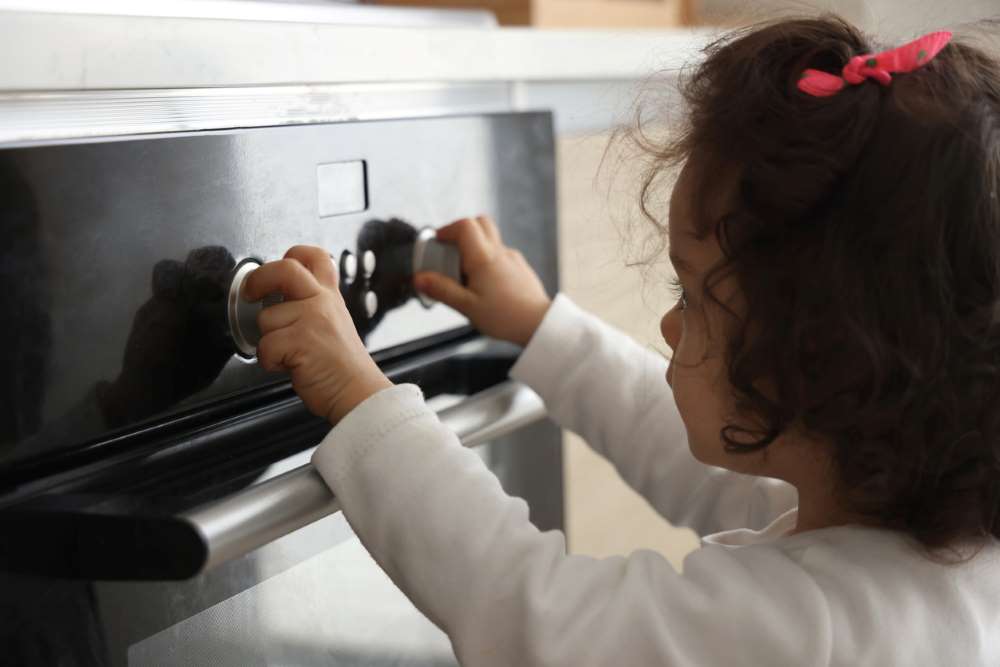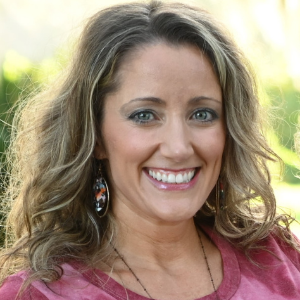
Childproofing your home is a challenging task because every child is different. You will also need different strategies and products depending on the size, age, and general athleticism of the child. It is also true that not every child is as curious as other children. That doesn’t mean that there is something wrong with your child. It just means that every child is an individual. That is the sort of thing you have to take into account when childproofing.
For a fast and reliable turnaround, put your request into one of those contractor-finding services like Networx. Those Networx leads go directly to vetted, qualified contractors who will respond right away and set up an appointment. Be sure to mention that you have small children in the house so that even when you are having work done in the house that has nothing to do with childproofing, they will be able to tailor their work to your needs. Also, when you have a small child in the house, every job has something to do with childproofing.
There is probably no such thing as a functioning home that is completely childproof. Children are highly resourceful. They also have the ability to turn the most innocuous things into dangerous opportunities. Keep these four things in mind and you will always be moving in the right direction.
Water Hazards
Never mind swimming pools. It takes less than 2” of water for a child to drown. That makes everything a potential water hazard, including a bowl of cereal with milk. Smaller children need to be under constant supervision whenever there is the potential for liquids to accumulate and pool. That includes water features such as indoor and outdoor fountains. You can never be too careful when it comes to water and small children.
Faucets are another point of concern. Avoid high-pressure faucets. This is the opportunity for low-flow fixtures for every faucet in the house. That includes showerheads. If the pressure is too strong, a child can be knocked down by the force of the spray. Remember, it takes less than two inches. If they have the tendency to look up and have a drink while in the shower, they could be quickly overwhelmed by a strong flow. If it looks fun, children will try it. So be sure to limit the damage any water source can do by limiting the amount of flow it can have.
Cords and Outlets
All wires are a hazard for multiple reasons. They can be chewed and become choking hazards. They can get wound around the neck and other body parts. And of course, they convey electricity that could end up shocking your child if misused. An outlet is an undiscovered country that needs to be explored. At least, that is how your child sees it. They will explore with tongue, fingers, toothpicks, and anything they can get their hands on. Put away the cords to your electronics as if you were puppy-proofing. When it comes to cords and wires, children and puppies have a lot in common.
Drawers and Cabinets
Lower cabinets are most often where cleaners and other dangerous chemicals can be found in the typical house. If you have small children, those cabinets need to be locked at all times. Even better, place those items on an upper shelf that a small child cannot access. To make it even safer, make it an upper cabinet with a lock. Drawers are the same way. A lot of sharp objects end up in kitchen drawers. Be sure to keep them locked at all times.
Things That Burn
Food that comes right out of a microwave can be extremely hot. That includes plates as well as food. To make it as safe as possible, transfer food on a hot plate to one that is room temperature. Don’t take all the safety precautions regarding the stove just to have your child burn themselves on a plate. Burn hazards are not just in the kitchen. Be sure to unplug unused space heaters and irons. Then, put them away until needed again.
It is difficult to fully childproof a functional home. But you will cover most of the bases by eliminating water hazards, minding the cords, locking the cabinets, and keeping hot things turned off and put away while not in use.



























